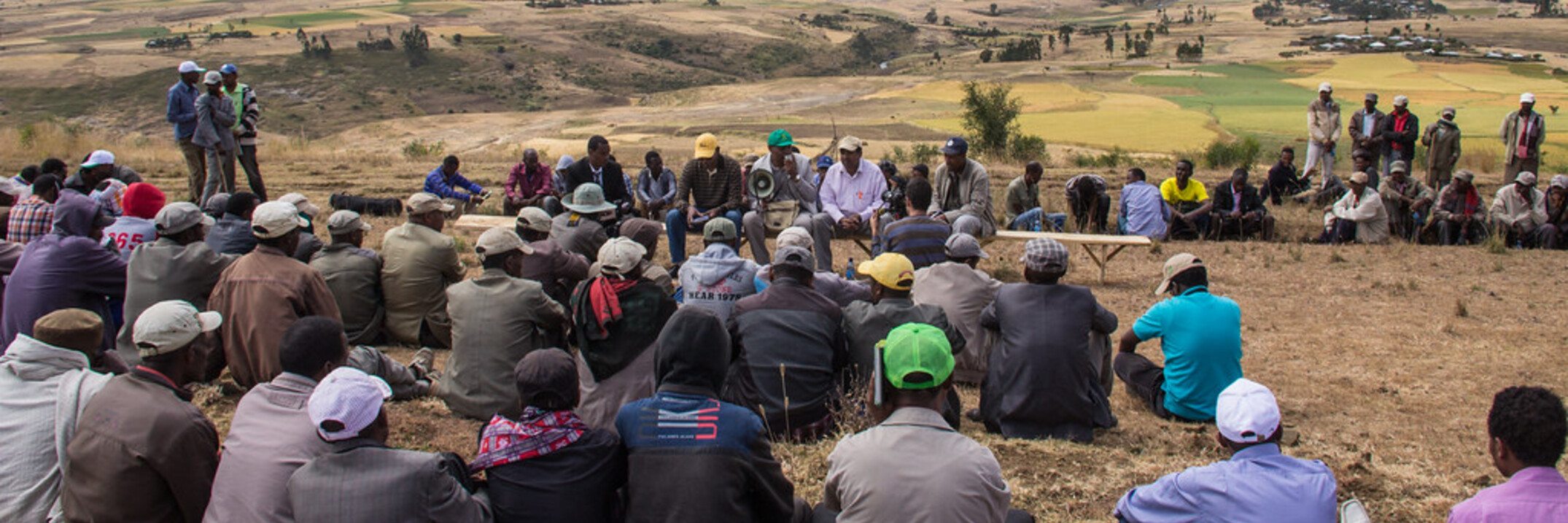This foodscapes study presented the application of farming household survey, food market and costing, and restaurant observation data, and focus group discussion in a convergent parallel mixed methods design to efficiently assess foodscapes in rural...


